When imagining a picturesque medieval landscape, it is almost impossible not to picture a castle somewhere in the background. And while it is true that various types of fortifications have existed since ancient times, it was during the medieval period that castles truly flourished.
But what most people don’t know about medieval castles, especially in Europe, is that they were typically private fortified residences of local feudal lords or nobles. Depending on the circumstances, these castles played both a defensive and offensive role, as well as administrative and domestic functions. It also goes without saying that castles also acted as status symbols, projecting power into the surrounding region.
In this list, we will look at some of the most original and effective castle structures from around the world.
10. Natural protection
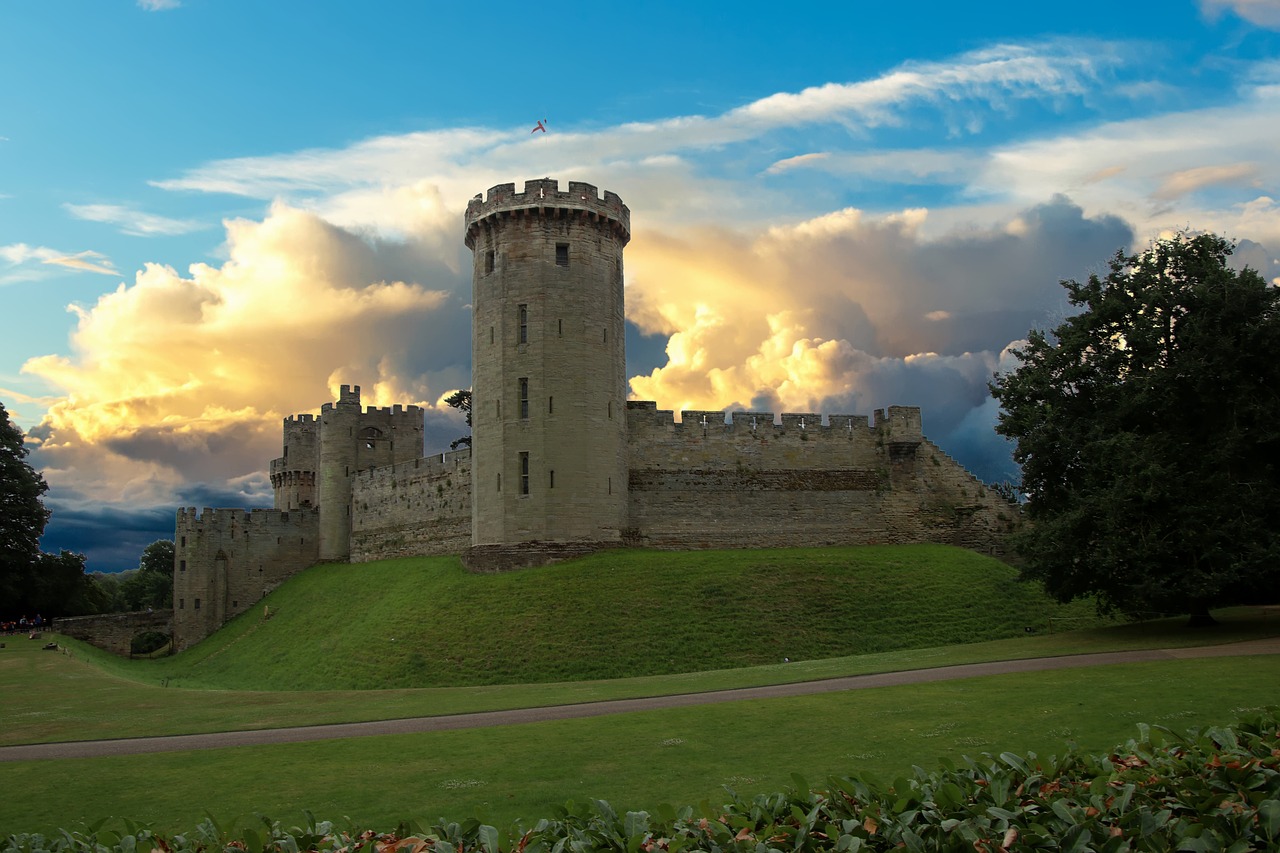
One of the most important things to consider when building a castle is choosing a location that can take advantage of as many natural features as possible. You want to make it very difficult for the enemy to besiege you. Building a fortification on high ground is always a good idea. Not only does it increase the height of the walls relative to the enemy army, but it also forces them to attack uphill, slowing them down and making it difficult, if not impossible, for siege weapons to approach.
Motte-and-bailey castles were among the earliest examples of castles in the true sense of the word. They were popular in the 11th century, especially in France and Norman England. The keep, which was the main element of a motte-and-bailey castle’s defenses and the home of the local lord, was located on top of a steep hill or earthen mound known as a motte. Rock outcrops are even more effective at protecting a castle, but require more time, energy, resources, and know-how to build and maintain.
Another great place to build a castle is next to a river, especially in a bend in the river. This provides a natural defense system that can be artificially expanded to surround the entire castle complex. Building on an island in the middle of a lake has the same effect. These types of castles built next to rivers or lakes also had the added benefit of providing a constant source of fresh drinking water. Castles built on high hills or rock outcrops often had incredibly deep wells to provide a source of water within the walls. For example, Kyffhausen Castle in Germany has a well that is approximately 577 feet deep.
9. Rusticated walls
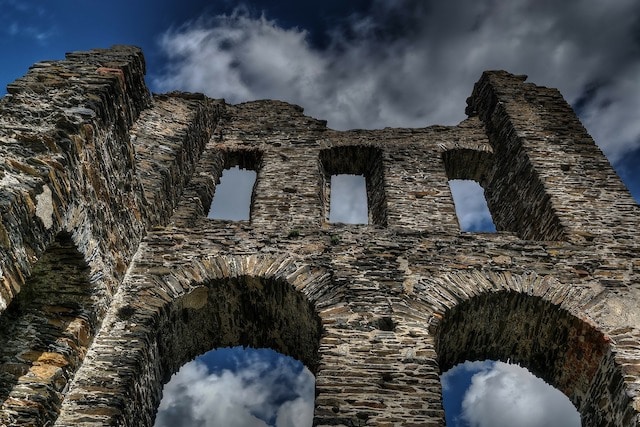
Rustication, also known as cambering, refers to building stones that are left undressed and unpolished on the outside of a wall. For years, historians have debated why some stonemasons of the past did this. Initially, it was thought that rustication was simply a way to save time and money on construction. Some even suggest that it gave the fortress a more menacing appearance. And while this was certainly an advantage, it turns out that the command also had a more defensive purpose.
Historians have found that rusticated stone walls were much better at dissipating the energy of high-velocity projectiles, such as those fired from catapults, trebuchets, or other ancient or medieval artillery. The uneven surface of the rusticated stones prevented the projectile's energy from being directly transferred to the wall. This is somewhat similar to how spaced armor on modern tanks works.
Rustic masonry dates back to before Ancient Rome and was used on the walls of many castles until the advent of gunpowder and cannon fire.
8. Billboards and scams
Shields, sometimes called khurdas, are wooden defensive structures built on top of stone or brick walls. They take the form of a covered porch suspended from perpendicular supports. The purpose of the shields is to give the defenders of the wall a better angle from which to fire at attackers positioned at the base of the wall.
They have window holes along the parapet to fire arrows or bolts, and holes in the floor to hurl rocks or other projectiles at enemy soldiers huddled at the base of the wall. Without these shields, defenders would have to strain to fire at the enemy directly below.
In peacetime, the billboards were dismantled and stored in prefabricated sections. Whenever a threat appeared, they were installed on the walls and covered with fresh animal skins, which prevented them from catching fire.
The purpose of the machinations is similar to that of the billboards, the main difference being that they are permanent and made of the same material as the wall itself. Although machinations require a more sophisticated level of engineering and greater expense, they are irreversible, cannot be set on fire, and are resistant to crossbow bolts and even heavier artillery shells.
During the 19th and 20th centuries, as warfare changed significantly, machinations were used purely for decorative purposes, as seen in the Gothic Revival architectural style.
7. Teeth and arrow slots

If you picture the wall of a medieval castle, you probably picture it as crenellated. They have been used since ancient times, with the earliest known example being the palace of Medinet Habu in Thebes, Egypt. They are also present on the Great Wall of China and many other fortifications.
Crenellations, also known as battlements, are made up of merlons, which are projections on the top of a wall. The merlons are the notches between the battlements. Although they don't look like much at first glance, they provided great protection for the defending soldiers.
They used the battlements to hide, shooting arrows, crossbow bolts, or throwing stones at the battlements. Battlements were not often built on the inside of a wall, especially in curtain walls, in case the enemy managed to scale them and use them against the defenders.
Some medieval castles even had battlements with built-in arrow slits for added protection. The invention of arrow slits is attributed to Archimedes during the siege of Syracuse in 214–212 BC, but there is a possibility that they may be much older. And although they were used by the ancient Greeks and Romans, they were only reintroduced by the Normans in the late 12th century.
On the outside, the arrow slits are vertical and very narrow for protection. However, on the inside, they widen to give the archer or crossbowman as much range as possible from side to side and as close to the base of the wall as possible. In later centuries, they were converted into cannoneers. Essentially, this is the same thing, but for cannons.
6. Well-protected gates
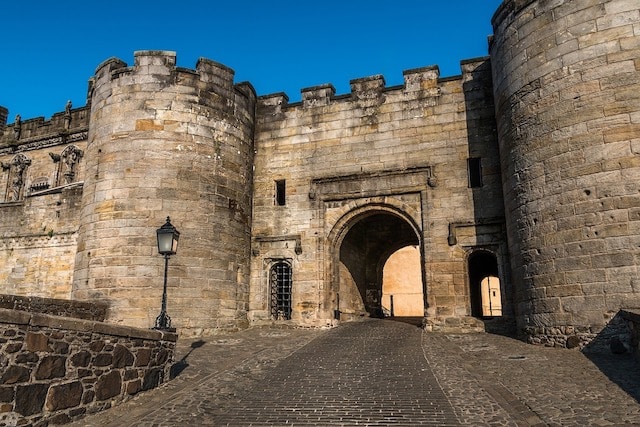
Gates are a natural weak point in any fortification, and it is the defenders' job to fortify any such weak point as best they can. After all, they are essentially a hole in the wall, and they had some of the heaviest defenses in the entire castle complex. It is also important to note that these were not just gates, but gatehouses. They were multi-story buildings that had a passage through them.
In many cases, it was difficult for an attacker to even approach the gatehouse, especially with a battering ram. Depending on the castle, you would have a moat filled with water or a deep moat with a drawbridge. Alternatively, you might have a steep or winding path leading to the gate, making it difficult, if not impossible, to use a battering ram.
Most gates were also equipped with two flanking towers, which provided a better angle for the gate. This allowed archers and crossbowmen to shoot at the enemy right at the gate. Portcullises were also built directly above the gate, which are essentially miniature machinations for throwing stones at attackers.
The main feature of the gatehouse was, of course, the gate itself. It had to be relatively easy to open and close in peacetime, which meant that it was usually made of wood. To strengthen it, defenders often used both vertical and horizontal layers of strong wooden planks, and sometimes metal plates.
Most lodges were also equipped with two or more portcullises. These are wooden and/or metal latticework that would fall quickly and lock securely into holes in the ground. If an enemy managed to break down the gates and enter the passageway, the bars would close and the enemy soldiers would be trapped inside. Often there were loopholes on the side walls of the inside of the lodge, and killing holes at the top. Boiling water or hot sand, rather than oil, usually because oil was rare and expensive, were dropped through these killing holes onto the captured enemy.
5. Barbicans
Also known in the castle business as a “death trap,” a barbican was an extra layer of defense leading to the main gatehouse of a castle. Barbicans could take many forms, but the most common was a narrow passageway called a “neck” and one or more secondary gates leading to the main entrance. When an attacking enemy army rushed toward the main gate, they would be directed through this passage, making them easy prey for archers and crossbowmen.
Other variations of the barbican included a tower located above the bridge, or a walled semicircle in front of a moat and drawbridge. Castles might have several barbicans protecting the main entrance. With the development of artillery technology in the 15th and 16th centuries, they became obsolete.
Barbicans were also used in Beijing, China, to guard numerous gates to the capital during the Ming and Qing dynasties. They were demolished in the 1960s, along with most of the old city's other defenses, to make way for modern roads, subways, and other urban developments.
4. Elephant-proof gate

Battering rams of various shapes and sizes have always been used as an effective method of destroying fortified gates. Even today, they remain an invaluable tool used by police, military, and other special forces. In medieval India, elephants were excellent and effective battering rams.
The defenders had to compensate for these mighty beasts of war breaking down the main entrance by installing heavy spikes on the gate. When one or more elephants charged straight at this gate, they would do so with their foreheads protected by a steel plate. The defenders would usually install the spikes at the mid-height of the elephant's forehead. Some of these spikes would also be equipped with hooks that would prevent the elephant from retreating and make it a stationary target for the defenders on top of the wall.
3. Labyrinths
Due to their location along the so-called Ring of Fire that encircles the Pacific Ocean, Japanese castles have a different design than castles in Europe and other parts of the world. Rather than relying heavily on brick and mortar, Japanese castles are made primarily of wood and sit atop large boulders held together by steep stone walls. Unlike their European counterparts, the Japanese castle design is much more earthquake-resistant. This design also makes it easier to incorporate labyrinths into the defense system.
Built and expanded during the Warring States period in Japan, Himeji Castle is the largest in the country and has some of the tallest walls at 85 feet tall, as well as a massive area of over 576 acres. Its walls also tend to widen at the top, making them even more difficult to climb. Along with other defenses such as multiple concentric moats, machicolations, or hidden rooms designed for surprise attacks, the entire Himeji castle complex has become an intricate and very confusing labyrinth.
Its purpose was to protect the main castle keep from large armies by leading them along steep, narrow, and winding paths. These often branched, leading attackers into dead ends or encountering dozens of strong iron gates and narrow passages. An invading army, constantly surrounded by high walls, found itself under fire from the defenders. For better or worse, the walls of Himeji Castle were never breached, and its labyrinth was never tested.
2. Clockwise spiral staircase
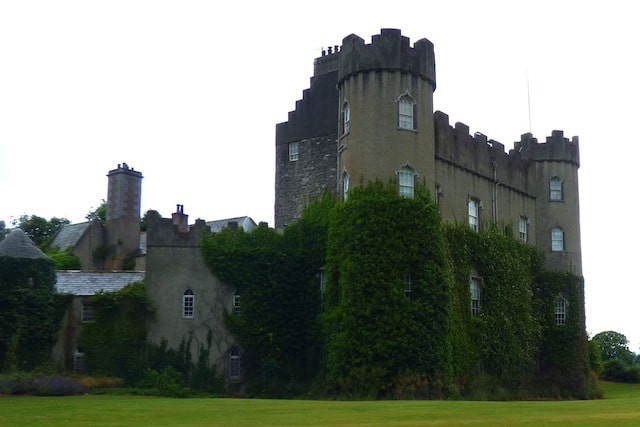
When building the defenses of a medieval castle, architects and engineers had to use everything to their advantage. And in some castles across Europe, they used the attackers' tendency to wield weapons with their right hands against them by building spiral staircases. If an enemy managed to break in and began climbing the towers or keep of a castle, they sometimes had to do so by spiraling the staircase clockwise.
This gave an advantage to the defenders, who usually fought down the stairs. Since most soldiers held their weapons with their right hand, this meant that their sword hand was constantly blocked by the inner wall. Therefore, attackers going up had to expose themselves completely to be able to use their weapons effectively.
The defenders, on the other hand, not only benefited from the bottleneck provided by the ladder, their higher position on the ground, and the disadvantage to the attackers of having to constantly expose themselves, but also used the inner wall as a partial shield.
Travel steps were also quite common in medieval castles, such as those at Berkeley and Hever Castles in the UK. In both examples, some of the steps are uneven, being at a different depth than others. While this may give the impression of poor craftsmanship, they were actually intentional.
Over time, the inhabitants became accustomed to these steps and instinctively adapted to the gait. The attackers, however, were unsuspecting and in the heat of battle often lost their balance, stumbled or even fell, giving the defenders a small but perhaps decisive advantage.
1. Secret passages and exits
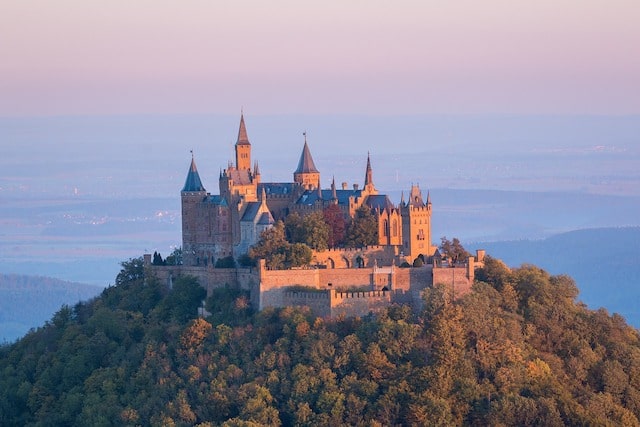
Since castles were usually the private residence of nobles or local lords, it was in their interests to have a back door for emergencies. These are known as postern gates or sally ports. These are small, hidden entrances to the castle complex that are away from the main gate and are large enough for one horseman to pass through at a time. These gates were built in a location where they could not be attacked or destroyed by enemy artillery.
In the event of a siege, men could come and go relatively unnoticed. This allowed them to bring food and other resources, send messengers, or even flee the castle if it was reached. They were also used for small raids on the besiegers, attacking isolated pockets of enemy forces, sabotaging siege equipment, or destroying their food supplies. Since most castles had at least one, the postern gate wasn't really a secret, but it was usually hard to find.
What was a secret, however, were the hidden passages that some castles had. One such example of a secret passage is found in Bran Castle in Romania. It connected the first and third floors of the castle and was used in case of an emergency. In fact, it was so secret that it was only rediscovered in 1920 during a major renovation.













Оставить Комментарий